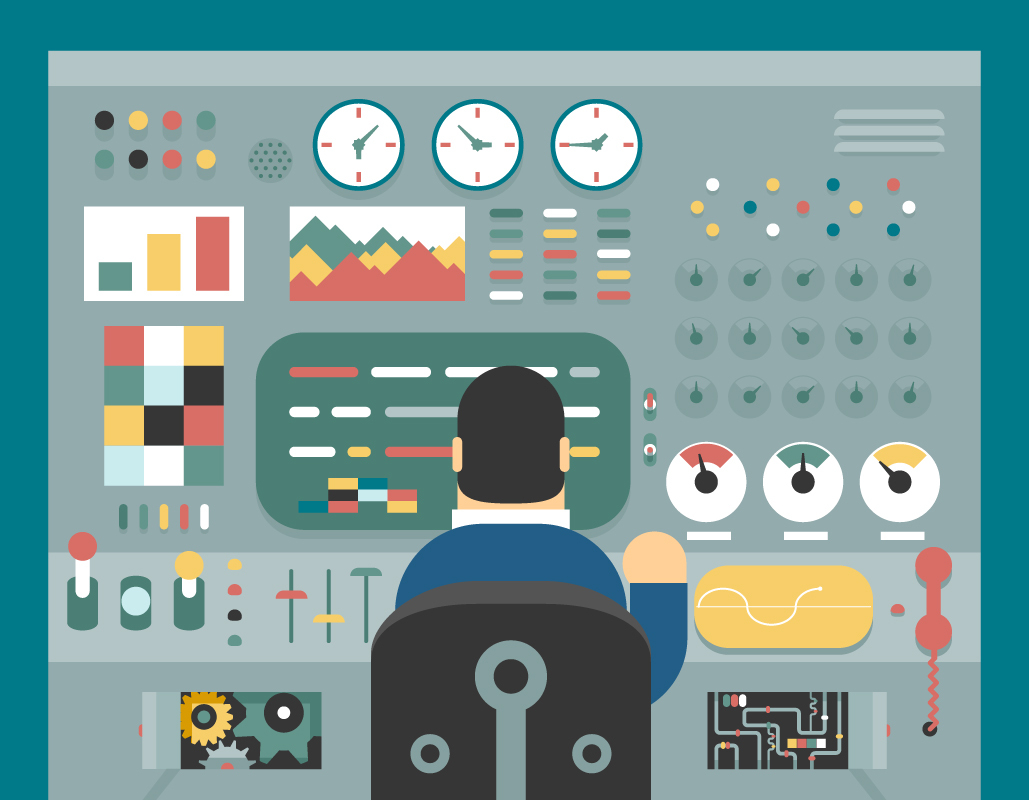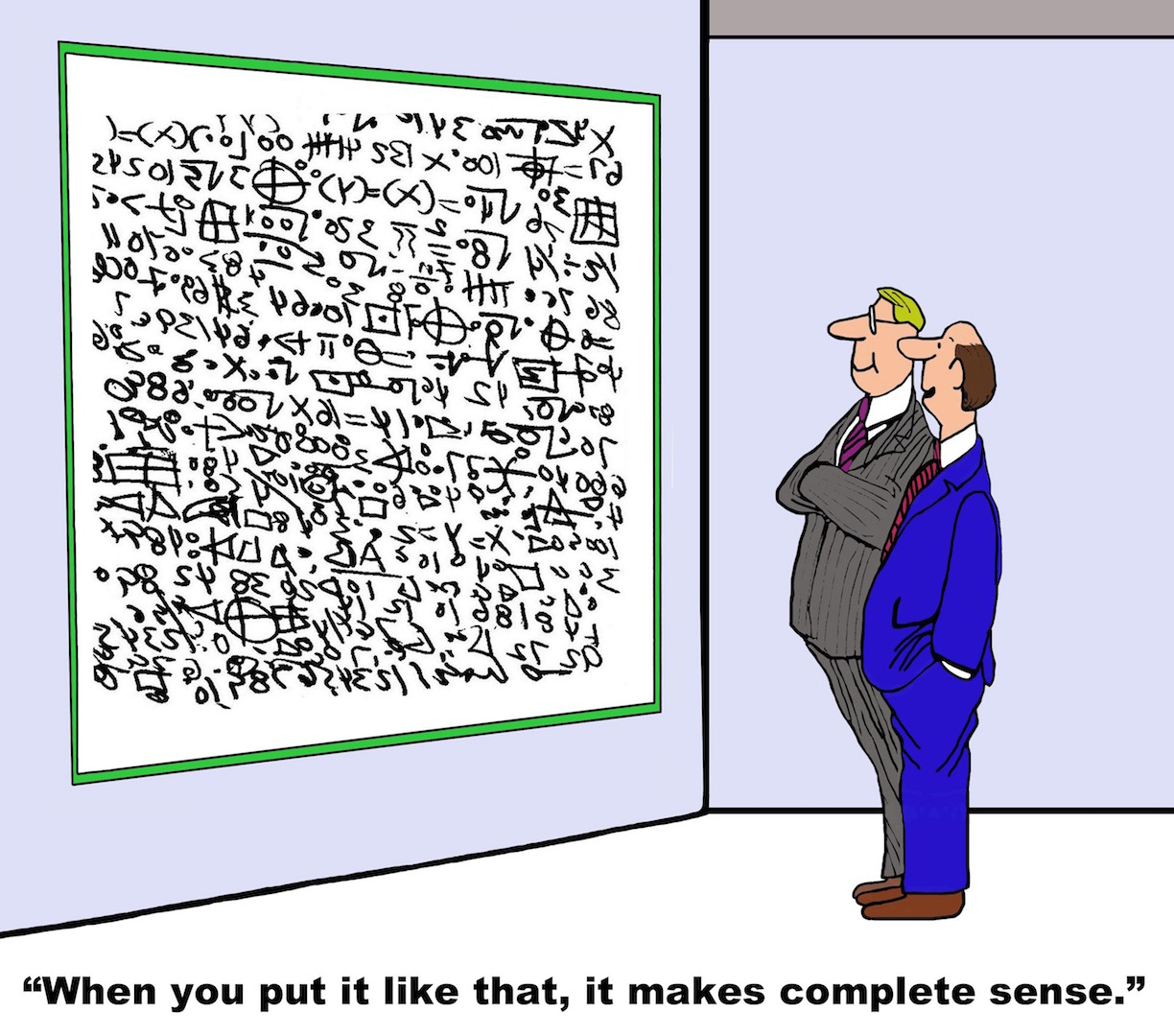Human Factors services
Human Factors
In simple terms, human factors are all those things that enhance or improve human performance in the workplace. (OGP 2011)
Human Factors contributes to the design and evaluation of organisations, tasks, jobs, equipment, environments, products and systems. The aim is to ensure systems are designed in a way that enhance human performance, and increase safety and user satisfaction. In the end the risks to health, safety and environment shall be minimised.
Human Factors in engineering focus on people, work, equipment, work organisation and environment.
Our services can be used in:
- Design of control rooms and control systems
- Design of workstations
- Human Machine Interface (HMI) design and analysis
- Control and display selection and design
- Equipment and tools design
- Interaction design
- Usability testing and evaluation
- Development and review of operational philosophies and procedures
Human Factors techniques and methods should be used throughout the project design lifecycle. See the common HF methods below.

Human Factors in Oil and Gas
We provide a full range of human factors services in support of design and operation of Oil and Gas facilities with the aim of reducing human error and improving human performance.
In early phases of a project work should be done to establish human factors within the project. In view of this we would recommend the following HF activities:
- Define the HF involvement in the design process
- Define Human Factors goals, objectives and philosophies
- Develop HF program and HF plan
- Identify relevant regulatory requirements, design and system operating requirements, guidelines and philosophies as input to project Basis of Design
- Facilitate Situation Analysis (complete mapping of current situation)
- Facilitate Stakeholder Analysis
- Facilitate Experience Transfer
- Ensure HF requirements are defined in enquiries and invitations to tender
- Establish tools and report templates to be used for HF analysis
- Develop plan for what is to be tested, when, measurement methods, test protocol, acceptance criteria
During engineering several methods may be used to identify requirements for enhanced human performance.
Common HF methods include:
- Function and tasks analysis
- Task allocation (between human, system and locations)
- Human error analysis
- Human reliability assessments (HRA)
- Job hazard analysis
- Job and workload analysis
- Scenario analysis
- CRIOP analysis
It is important that results from all HF activities are fed back to system designers. The engineers must be provided with specifications, guidelines, design recommendations so they are able to develop good designs with optimised human-system interfaces.
It is also important that HF validation and verification are performed. Preferably at the end of each project phase to ensure engineers are provided with human factors requirements as early as possible.
Let us help you understand how you can manage the risks of human error. Performing the activities we have listed above and using relevant methods we will together define and understand the factors that influence human performance.
Please also refer to our Working Environment services. The methods listed here may also be used.
Why Human Factors ?
We’re all human. We make mistakes and forget things. Our attention span is limited. We overlook crucial evidence when making decisions. We believe we’re cleverer, stronger and faster than we actually are. Evolution has given us brains that flip into “automatic” mode to help us be creative, efficient and adventurous. There are things about us that are impossible to change. Unfortunately, despite our best intentions, these things can end up putting us, and our colleagues at risk.
We try and make the human mind and body do things for which it is not suited. We design plant and equipment that doesn’t take account of our human fallibilities. We use procedures, rules and behavioural processes to attempt to mould people’s behaviour to fit our expectations. Some of these processes can be very complex and demanding in their own right. Permits can become unwieldy, procedures can become over-complicated. There can be too many rules. Technology can become so clever that human beings struggle to understand it when it goes wrong.
Human factors is about explaining how human behaviour at all levels of an organisation can cause accidents.
Experience tell us that human and organisational factors lie at the root of serious incidents.
If we can recognise when these factors arise in our activities, we can learn how to manage them and prevent harm to people.

